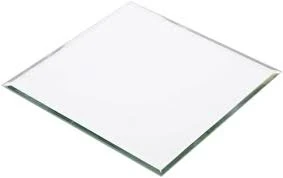

The Allure of Low-E Obscure Glass Blending Functionality with Aesthetics
In recent years, the architectural and design industries have witnessed a transformative shift towards environmentally conscious materials and aesthetically pleasing elements. Among the most innovative solutions that have emerged is Low-E (low emissivity) obscure glass. This particular type of glass effectively combines energy efficiency with decorative appeal, making it a favored choice for both residential and commercial applications.
The Allure of Low-E Obscure Glass Blending Functionality with Aesthetics
Obscure glass, on the other hand, is characterized by its ability to obscure visibility while still allowing light to filter through. There are various methods used to achieve this obscurity, including sandblasting, acid etching, and using patterned designs. This feature is particularly advantageous in spaces where privacy is essential, such as bathrooms, conference rooms, or medical facilities. Combining these two elements—low emissivity and obscurity—results in a product that not only serves a functional purpose but also enhances the aesthetic quality of a space.

The design versatility of low-E obscure glass cannot be overstated. It comes in a wide array of textures and patterns, allowing architects and designers to unleash their creativity. From modern minimalistic designs to more traditional styles, the glass can complement various architectural themes. Moreover, the ability to filter light while maintaining privacy lends a unique ambiance to any interior space. Whether it is the soothing glow of natural light in a serene bathroom or the energizing hue in a clever office layout, low-E obscure glass adeptly balances functionality and beauty.
Another significant advantage of using low-E obscure glass is its contribution to sustainability. As society moves towards greener alternatives in construction and design, the demand for energy-efficient materials has risen sharply. Incorporating this type of glass helps in acquiring energy credits and adhering to various green building certifications, such as LEED (Leadership in Energy and Environmental Design). By reducing the demand for artificial lighting and climate control, buildings utilizing low-E obscure glass stand as exemplary models of eco-friendly architecture.
Furthermore, the durability of low-E glass adds another layer of appeal. It is designed to withstand the test of time, being resistant to scratches and other common damage. This longevity means that once installed, it requires minimal maintenance, further enhancing its practicality for commercial buildings that face high foot traffic.
In conclusion, low-E obscure glass represents a harmonious integration of energy efficiency, aesthetic charm, and practical functionality. Its ability to provide privacy while allowing natural light to enter a space makes it an ideal choice for various applications. As designs become more innovative and sustainable, this type of glass will likely play an increasingly vital role in shaping our architectural landscape. Embracing low-E obscure glass is not just opting for a material—it's a commitment to creating environments that are responsible, beautiful, and conducive to a better quality of life.